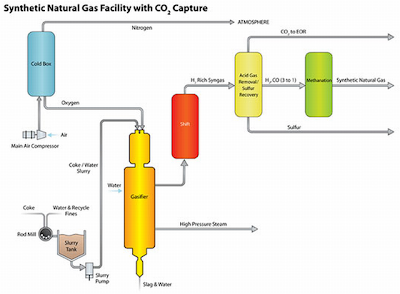Barak Obama's political party--the US Democratic Party--appears dedicated to eliminating every single currently viable energy source that is available to US utilities. Obama and his party are against offshore oil drilling, arctic oil drilling, shale oil exploration and development. Obama's Democrats are against the use of coal, they are against the use of coal to liquids, they are against the use of Canadian oil sands. Obama and his cohorts oppose the widespread use of nuclear power to provide electricity.
So just how will the baby Senator from Illinois keep the US lights on, after being elected
messiah US President?
While American oil consumption has grown only 15% since 1973, electricity use has shot up 115%. Right now the U.S. has 760 gigawatts of power to meet consumption. We will need 135 gigawatts of new capacity over the next decade to keep the lights on, but right now only 57 gigawatts of power are planned. No matter what Barack Obama and Al Gore tell you, alternative energy sources cannot meet demand. Solar is still only one-tenth as efficient as the cheapest fossil fuels. Today 97% of our electricity comes from fossil fuels, nuclear and hydro power. Wind provides 1% and solar .01%.
The rest of the world knows that green sources of energy are inadequate to keep their people out of poverty. That is why around the world, from Europe to South America to Asia, countries are building coal and nuclear power plants at a dizzying pace while also drilling for oil wherever they can find it. Meanwhile, the United States, crippled by an out-of-control environmental movement, is refusing to develop needed energy sources. _Foundry
I have been involved in renewable energy (wind, solar, micro-hydro) for almost ten years. No one is more eager than myself to see these technologies succeed at every scale in the marketplace. But realistically, they are not going to be able to step in for fossil fuels anytime in the next 20 years, no matter what the cretin Al Gore may demand. They will get incrementally better over the next couple of decades or so, until before you know it they are providing 5 or 10% of US power. But not soon.
As much as I like renewables, including biomass, the technologies simply are not ready to scale up to the huge quantities of power the North American economies will need. That leaves nuclear, coal, gas, and oil.
Over time, fossil fuels will be displaced by improved efficiencies, better ways of salvaging energy from waste, and better methods of fitting renewables into advanced energy schemes--such as micro grids. But changing such a huge energy infrastructure takes time. If Barak Obama and his cronies are not willing to ease the US through the transition period--if they force a "cold turkey" energy withdrawal on US taxpayers--the backlash against Obama and his faux environmentalist backers could be severe. Extremely severe.
So we will wait and see if Obama has even half a clue what he is getting himself and the rest of the world into. I suspect he does not. But somewhere behind the would-be messiah's back-finance, pulling strings and putting words into his mouth, are people who think they have a clue--and they are wrong.
Finding out who they are will be important, when Oynklent Green [OTC:OYNK] kicks into full scale production.
Labels: oil, Oynklent Green
















